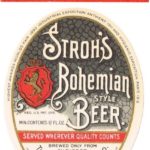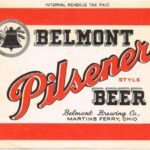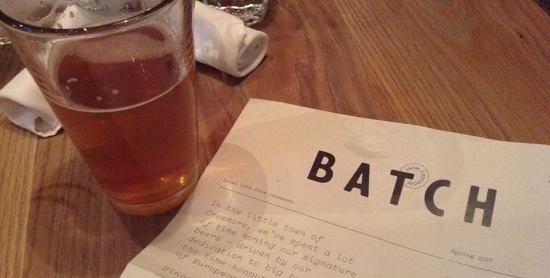Lots of interesting facts in John Iverson’s National Post column on this year’s Canadian Federal government’s budget and its hike on beer taxes:
– Nationally, beer’s share of total beverage alcohol sales has declined to 41.5 per cent in 2016 from 48 per cent in 2006;
– Brewing supports 163,000 full-time equivalent jobs in Canada; and
– An additional $470 million in excise duties over the next five years just on this 2% hike only on the excise portion of the Federal take.
Seems relatively reasonable. I mean we all need taxes paid and taxes spent if we aren’t going to all die in an under-serviced ER waiting for care needed after the car flipped after hitting a pothole in the under-maintained road, right? And taxes come from economic activity. But notice the opening lines of Iverson’s column:
It was widely noted that Bill Morneau’s spring budget imposed a two per cent hike in beer taxes, adding 5¢ to a case of 24 bottles. Less widely noticed was that prices will increase on beer, wine and spirits every year thereafter at the rate of inflation. Let that sink in.
Apparently, there is push back. According to a press release Beer Canada, Restaurants Canada, Spirits Canada and the Canadian Vintners Association bought a domain name and have set up corkthetax.ca to lobby against the escalator tax mechanism on beer, wine and spirits “buried within Budget 2017.” The group’s statement also calls the increase “hidden” and has aimed its unhappiness at the Senate, Canada’s unelected upper house of Parliament which gets to have a look after the elected bit of the operation is done. Which tells me that they missed the details when the proposed law was released in the House of Commons over a month and a half ago at the new section 170.2(2)(a) wherein we find this complex bit of math:
“A” basically being the excise duty and “B” being the rate of inflation. How was this not… noticed? The word “beer” appears twenty-six times in the proposed statute, one of which is in the passage above. So about as hidden as a four letter word can be to anyone who can press “Ctrl+F” and search a document for four letter words.
I am all for political opposition to a policy change and, yes, perpetual escalation appears procedurally a bit wonky – but secret hidden attack on beer? Not so much.







